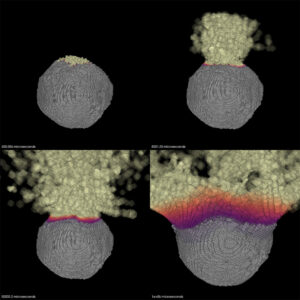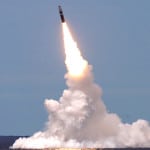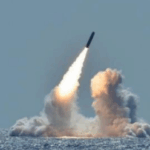
Researchers at Lawrence Livermore National Laboratory developed a new tool to model how blowing up a nuclear weapon might stop an asteroid from slamming into Earth. Published in December in the Planetary Science Journal, the Livermore research introduces a new way of digitally simulating the energy deposition from a nuclear device on an asteroid's surface, the lab said in a statement. This model builds on NASA’s recent Double Asteroid Redirection Test (DART) mission, during which in September 2022 a spacecraft…

 By
By 











